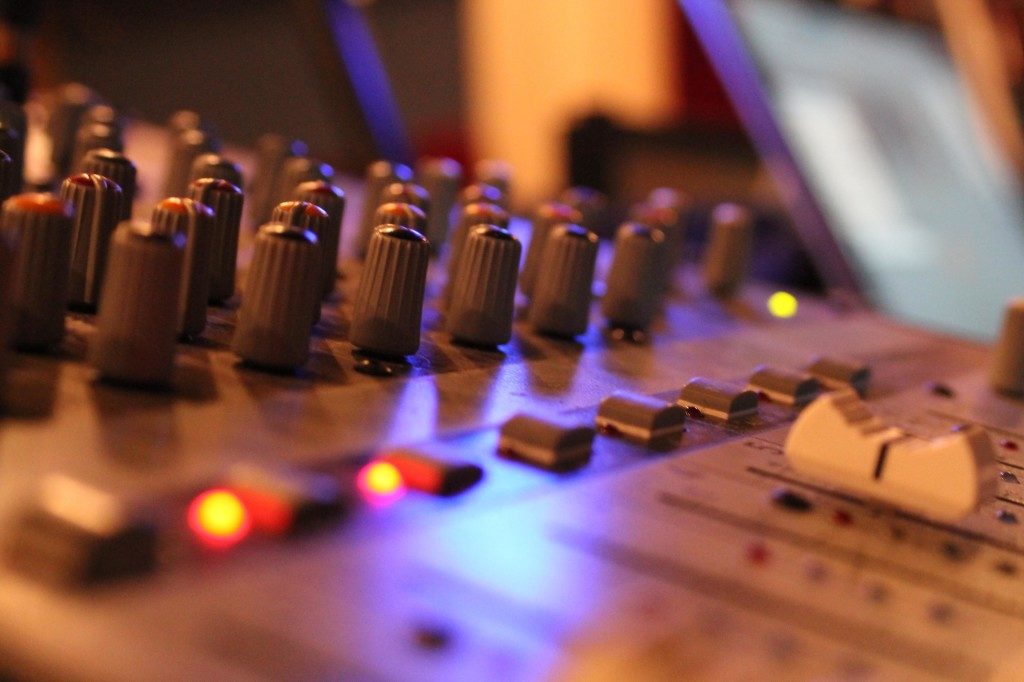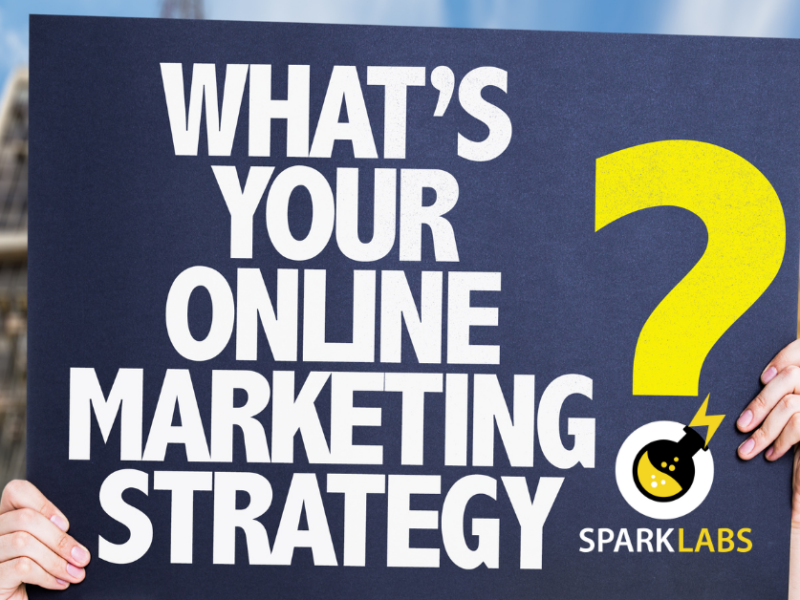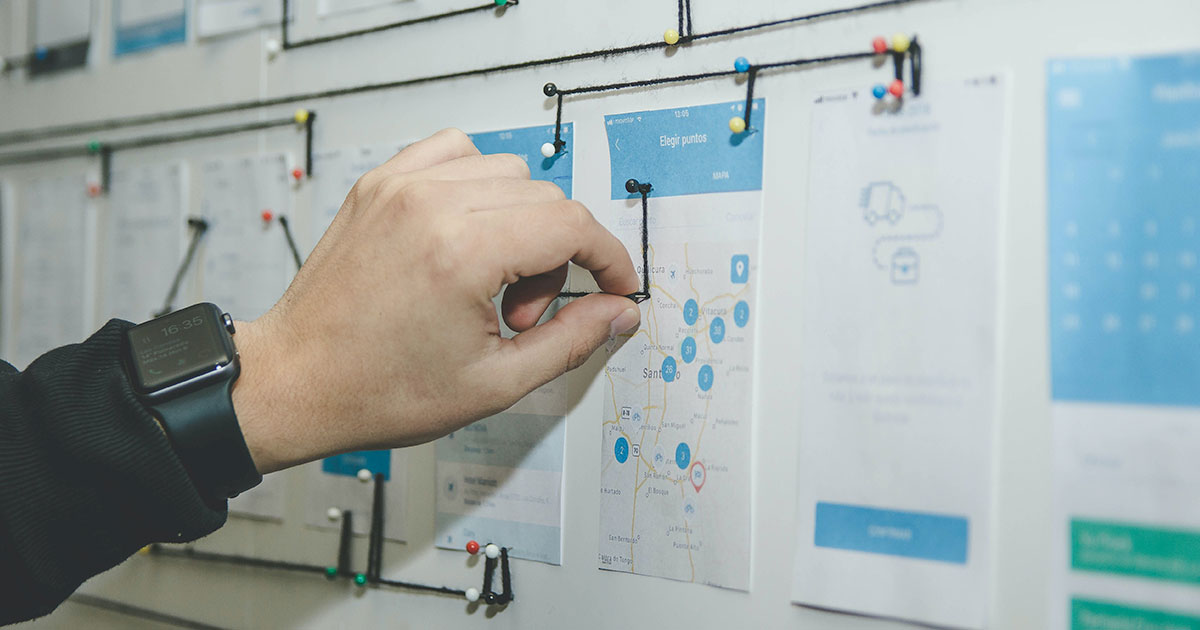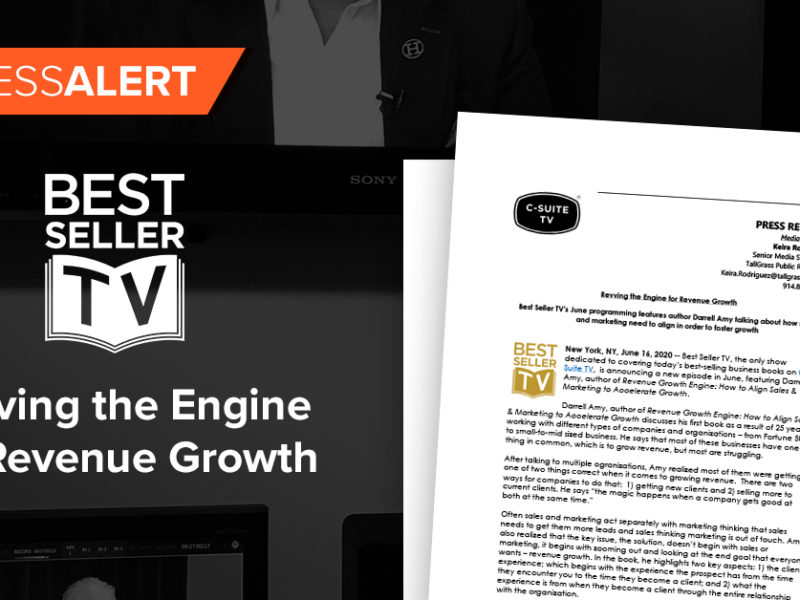
Deliver a One-Two Punch with Audio Branding
Deliver a One-Two Punch with Audio Branding https://csuiteold.c-suitenetwork.com/wp-content/uploads/2014/01/IMG_0262-1024x682-1024x682.jpg 1024 682 C-Suite Network https://csuiteold.c-suitenetwork.com/wp-content/uploads/2014/01/IMG_0262-1024x682-1024x682.jpgby Colleen Fahey
Are you fighting in the brand marketplace with one hand tied behind your back? If you’re only using visual branding, you certainly are. Sure, graphics are your well-practiced right hand when it comes to creating recognition and conveying meaning. But if you’re not managing your audio identity, you’re missing the exponential power of a one-two punch.
Audio branding gives you a powerful, meaningful and emotional tool to strengthen your brand equity. Yet, most U.S. marketers act as if they’re still relying on print media — and we know they’re not.
Why the silence? Worse, why the inattention to something as powerful as your brand’s sound? Your role is to defend your brand and build its value. Are you using ’80s pop music in your commercials, easy listening on your customer service line, “Chariots of Fire” at your events and needle drop stock music on your digital videos?
Who’s managing the overall sound of your brand t every touch point? Think about who you are working with to create a distinctive audio DNA, as well as a system of coherent sound and music that reflect and communicate your brand’s own values.
Audio branding is urgently sought after by brands in Europe. If you have global competitors, there’s a high likelihood your competition is using a tool you’ve overlooked.
Here’s an example of a brand that recently upended the rules for automotive sound: Peugeot moved away from metallic drum sounds that symbolized the vehicle itself to an elegant audio identity that expresses the experience of driving.
Peugeot was recently questioned about its new audio identity by a French design publication, and the company had this to say:
“The subject of audio identity is not primarily an advertising issue but an identity issue. Our ad agency knows how to find great music to illustrate our films, but their job is not to create audio identities. These are two very different roles. I remind you that for graphic design, we make extensive use of design firms whose job is also specific but complementary to the work of an ad agency.
To return to audio identity, we must especially note the diversity of our needs. Here, sound is everywhere, and not just in advertising. It is used in our call centers, as point-of-sale and on radio. At events, the identity issue is crucial, and none of those are advertising. For me, audio branding reinforces and complements our advertising work and efforts.”
Six Audio Branding Do’s and Don’ts
When it comes to audio branding, the most effective yet challenging task is creating the brand’s audio DNA: the distinctive vocabulary of sounds that inform all of its many applications. An audio branding system can underscore the attributes expressed by your visual branding system or complement those attributes, providing further meaning.
Like anything else, audio branding comes with its own set of do’s and don’ts to be aware of before setting out to create your own audio identity. To keep you out of trouble, let’s start with the Don’ts.
- Don’t leave audio strategy until the last minute. Plan your music and sound at the outset.
- Don’t confuse audio branding with entertainment. It has a job to do.
- Don’t forget impact without meaning can be distracting and counter-productive.
- Don’t choose a piece of music because you like it. Ask instead, “What does it say?”
- Don’t repeat the same music mindlessly; adapt it to the context
- Don’t confuse a music house with an audio branding expert.
To get the most out of your efforts, here are the Do’s.
- Articulate what your brand stands for before addressing what the music must do.
- Think of your audio brand as a system of distinctive sounds and music, not as a jingle.
- Investigate what audio approaches your competitors are using so you can stand out.
- Enumerate your key audio touch points: Include your on-hold music, your trade show booth, your app-opening sounds and your events.
- Bring the question back to what your brand needs the music to stand for.
- Decide if you want the audio branding to underscore the message conveyed by the visual brand or add further meaning.
The process of audio branding leads you on a well-defined and highly participative path. It translates the language of words into the language of music and sound.
If you begin from the inside, take the time to determine what your brand stands for and the experience it evokes. Ensure the identity is communicated at every possible touch point and is part of your team’s comprehensive marketing strategy. Then, you will have created something very powerful.
 Colleen Fahey is a senior marketing executive with over three decades of experience. Fahey is the U.S. Managing Director of Sixième Son, a unique audio branding agency founded in Paris, France in 1995. Working from a deep understanding of every brand’s ability to strengthen its position within the marketplace by creating and owning its own audio identity, Sixieme Son has helped 285 clients tap into the value that audio branding provides through the use of music and sound. Colleen makes her home in Chicago, IL, and can be contacted at c.fahey@sixiemeson.com.
Colleen Fahey is a senior marketing executive with over three decades of experience. Fahey is the U.S. Managing Director of Sixième Son, a unique audio branding agency founded in Paris, France in 1995. Working from a deep understanding of every brand’s ability to strengthen its position within the marketplace by creating and owning its own audio identity, Sixieme Son has helped 285 clients tap into the value that audio branding provides through the use of music and sound. Colleen makes her home in Chicago, IL, and can be contacted at c.fahey@sixiemeson.com.





